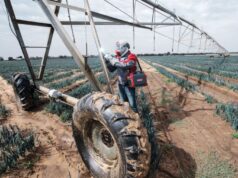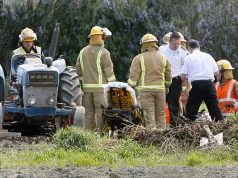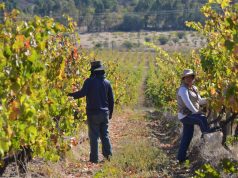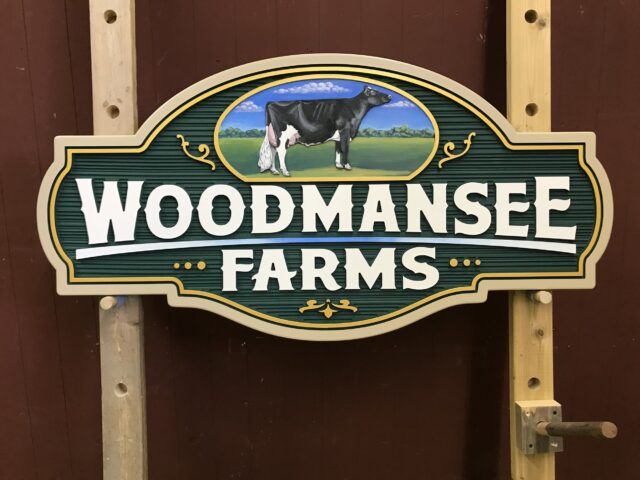
Farm signs play a crucial role in agricultural operations, serving as informative and directive tools that help farmers, visitors, and workers navigate and understand the farm environment. These signs serve multiple purposes and contribute to the overall efficiency, safety, and organization of the farm.
Let us explore the importance of various farm signs and their significance in a farming context:
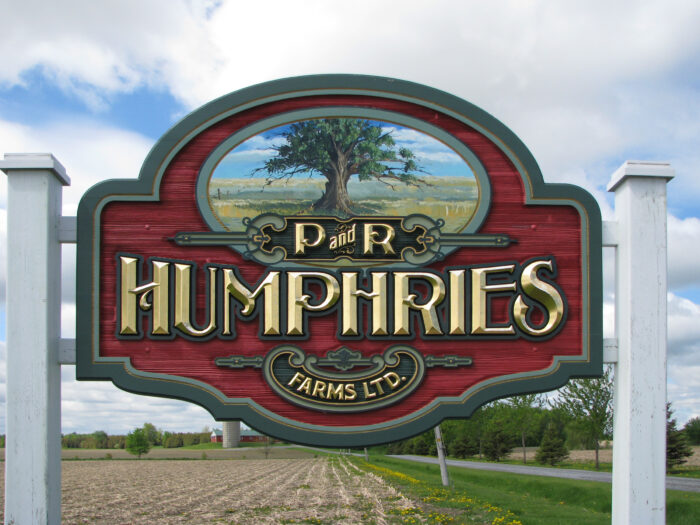
1. Directional Signs – Directional signs are essential for guiding individuals to specific areas within the farm. They help visitors and workers locate key destinations such as barns, storage facilities, offices, parking lots, or specific fields. These signs ensure that people can easily find their way, minimizing confusion and saving time.
2. Warning Signs – Farms are often home to potential hazards and dangers, including machinery, livestock, chemicals, and other potentially harmful elements. Warning signs notify individuals of these risks and remind them to take necessary precautions. By alerting people to potential dangers, these signs help prevent accidents, injuries, and even fatalities.
3. Informational Signs – Farms often have informational signs that provide important details about various aspects of the operation. These signs may include crop information, livestock care instructions, or guidelines for visitors. They offer valuable insights into the farm’s activities, ensuring that everyone has access to relevant information and promoting understanding and engagement.
4. Product and Pricing Signs – For farms that sell their produce directly to consumers, product and pricing signs are indispensable. These signs showcase the farm’s offerings, including fresh fruits, vegetables, honey, or other products. Clear pricing information allows customers to make informed decisions, promoting transparency and facilitating sales.

5. No Trespassing Signs – Farms are private properties, and unauthorized access can lead to various issues. No trespassing signs clearly indicate that entry is prohibited without permission. These signs protect the farm’s privacy, safeguard crops and livestock, and deter potential theft or vandalism.
6. Animal Crossing Signs – Farms with livestock often utilize animal crossing signs to alert drivers to the presence of animals on or near roads. These signs enhance road safety by reminding drivers to slow down and be cautious, reducing the risk of accidents involving farm animals.
7. Equipment and Machinery Signs – Farms rely on a wide array of equipment and machinery to carry out daily tasks. Signs displaying instructions, safety guidelines, or warnings specific to these tools are crucial. They remind operators of proper usage, maintenance, and precautions, minimizing accidents and equipment damage.
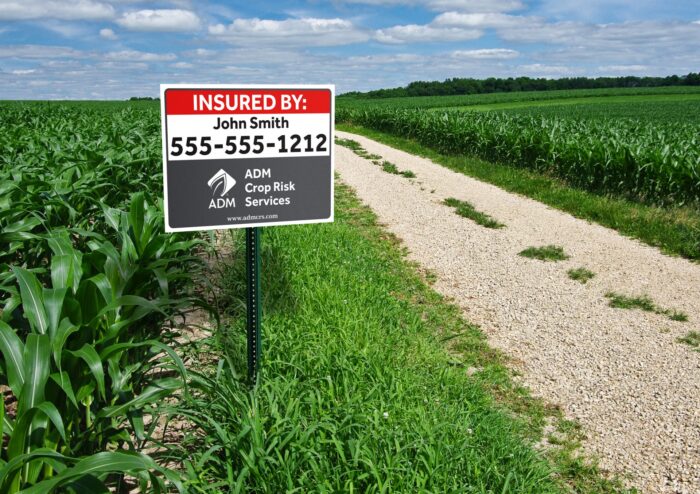
8. Field Signs – Field signs play a significant role in crop management. They indicate important information such as crop type, planting date, irrigation requirements, or pest control instructions. These signs help farmers keep track of their fields, implement appropriate practices, and maintain effective record-keeping systems.
9. Health and Safety Signs – Farms, like any other workplace, need to adhere to health and safety regulations. Signs displaying emergency exits, fire extinguisher locations, first aid stations, or safety protocols remind workers of necessary precautions and help them respond effectively in case of emergencies.
10. Environmental Conservation Signs – With growing concerns about sustainability and environmental stewardship, farms often display signs promoting conservation practices. These signs may emphasize water conservation, soil protection, wildlife habitat preservation, or sustainable farming methods. They educate visitors and demonstrate the farm’s commitment to ecological responsibility.
Conclusion
Farm signs serve as essential tools in agricultural operations. Whether they provide directions, warn of hazards, educate visitors, facilitate sales, or promote safety and conservation, these signs contribute to the overall efficiency, organization, and well-being of farms. By conveying important information, they foster a safe and productive farming environment for workers, visitors, and the surrounding community.



